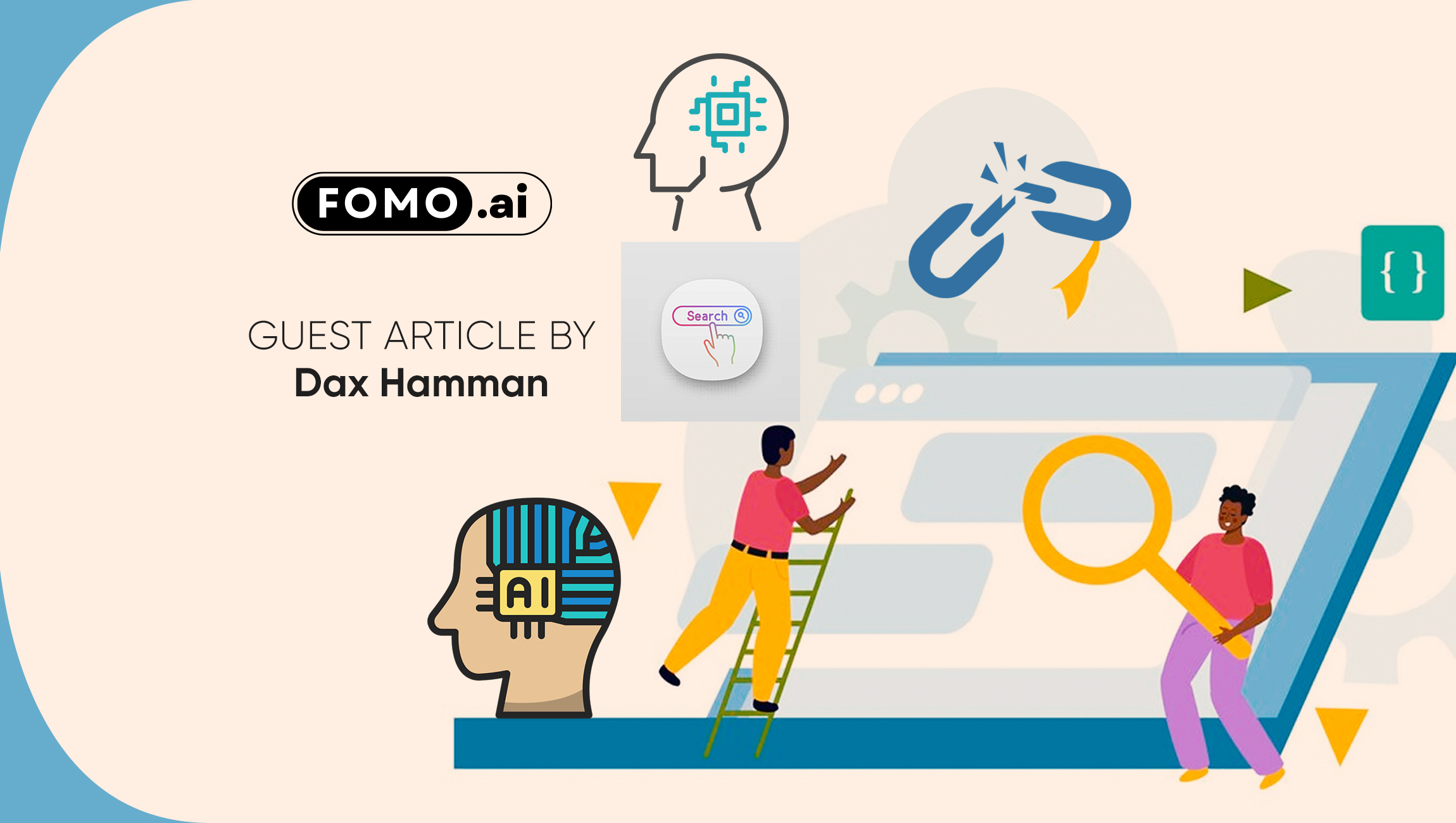Google clicks have been a reliable source of growth for brands for more than a decade. We start our searches at Google, Google serves up what it believes to be the best options, and we click from Google to a site. That’s Google fulfilling its promise as a search engine, which is what Google USED to be.
Brand after brand are telling me they’re seeing 10% to 25% fewer clickthroughs – despite holding steady in terms of search ranking.
What seems to contradict a natural law established by Google since 1998 is in fact a consequence of AI – specifically, Google’s own AI Overviews – its generative AI solution that now provides the answers to our searches at the top of the screen, removing the need for us to click to a site.
This constitutes a significant paradigm shift. Since Google’s founding, the unwritten rules of organic search dictated that brands traded access to their content for the right to have their links presented prominently in search results and, ideally, to be clicked upon by users who then landed on those brands’ pages. Without the clickthroughs, this model breaks.
This begs huge questions regarding the future of Google’s relationship with the brands whose dollars have done much to fuel parent-company Alphabet’s roughly $2 trillion valuation, as well its relationships with the users who now have to learn to trust Google as a knowledge engine as opposed to a search engine.
The power of specificity
The good news for marketers is that there is a new playbook, a way to adapt to the new Google. They must develop answers to as many of the potential questions their audience will so as to woo Google into choosing those answers and, as it stands at the moment, list the brand’s page – the source of that perfect answer – alongside its AI Overviews response.
The irony is that, to meet Google’s thirst for the most fitting answer, brands will need AI. That’s because every possible question has its own unique perfect answer, and there are a dizzying number of possible questions for every brand.
Over many years, Google taught its users to query in keywords, so a search about pickleball might be “pickleball kitchen rules.” These days, though, advances in voice search and users’ growing familiarity with the likes of conversational ChatGPT mean a search about the area spanning the “non-volley zone” near the pickleball net is more likely to be a complete question, i.e., “If you hit the ball before stepping into the kitchen, is it a pickleball rules violation?”, or, “why can’t a pickleball player hit the ball until it’s out of the kitchen?”
Because the perfect answer to these queries will vary, a brand will want to conceive as many of the myriad possibilities as they can, and write a custom response for each use case.
Marketing Technology News: MarTech Interview with Rochelle Thielen CEO @ Traject Data
What does Google do?
I did some experimenting. Googling the first query, “Pickleball kitchen rules,” credited no page in particular, with the AI Overview providing a list of pickleball-kitchen rules. This would be sufficient for most users, one assumes, and would stop many from scrolling down to click on the links presented.
Googling the second search led Google to both quote from and provide an immediate link to a rules article on PB5star, a pickleball apparel company. That’s good for them.
Googling the third question led Google to answer the question much as it had the initial keyword query, offering a list of kitchen-related rules with no immediate link. Probably, no brand has yet posted that question and its answer. A pickleball brand like PB5star might consider that an additional opportunity.
Providing AI-friendly answers to highly specific questions would be easy enough if we were only talking about three queries. But I can think of many potential questions related to the pickleball kitchen alone – not to speak of the broader rules of pickleball. So, a pickleball-apparel brand aiming to charm Google the knowledge engine might end up with several thousand specific questions related to pickleball rules, all of which then need answering. And that’s just one aspect of a single sport.
Keeping pace using human writers and editors would take a ton of time and money.
Bring in the AI-agent marketing team
There’s a better way and ironically it harnesses GenAI just as Google does, but its job is to feed Google’s AI Overviews – and feed them well. Using a GenAI tool like ChatGPT or Claude does not generate the human-like content that the new Google is wanting to prioritize. It takes a nonhuman, autonomous marketing team to achieve that.
Such a system of multiple, collaborative agents can generate hundreds of 100-word to 2,500-word, human-sounding articles related to various nuances of the rules of pickleball in the span of a few hours. Now is when you, savvy marketer, say to yourself, “Such articles must be absolute tripe.”
They indeed start out as less-than-gripping reading. But the essence of a nonhuman, autonomous marketing team is the word “team.” One AI agent does the idea generation, and another the research. Another AI agent scopes out the article. Another AI agent writes the draft. Then an AI editor reads and sends its feedback to the AI-agent writer.
As with human writer-editor interactions, they iterate – often more than a dozen time, constantly fact-checking and ensuring the output matches the tone and message of the brand.
The result is human-quality content at scale. In this case, that scale is about addressing the broadest-possible set of human questions with accurate, targeted answers that Google can’t help but cite in its AI Overview, and with credit including a link with its answer.
How Google and its codependent brands ultimately manage the clickthrough conundrum remains to be seen. In the meantime, AI agents can combine into autonomous marketing teams that generate high-quality, highly specific content. That content can provide quality answers to the many shades of gray users’ increasingly specific search queries demand. It’s a logical – not to mention feasible and economical – way to keep brands front and center. Those that move first will win the affections of the new Google, and also with emerging platforms like ChatGPT and SearchGPT.
Marketing Technology News: The Role Of Zero-Party Data in the Future of Identity-based Marketing











